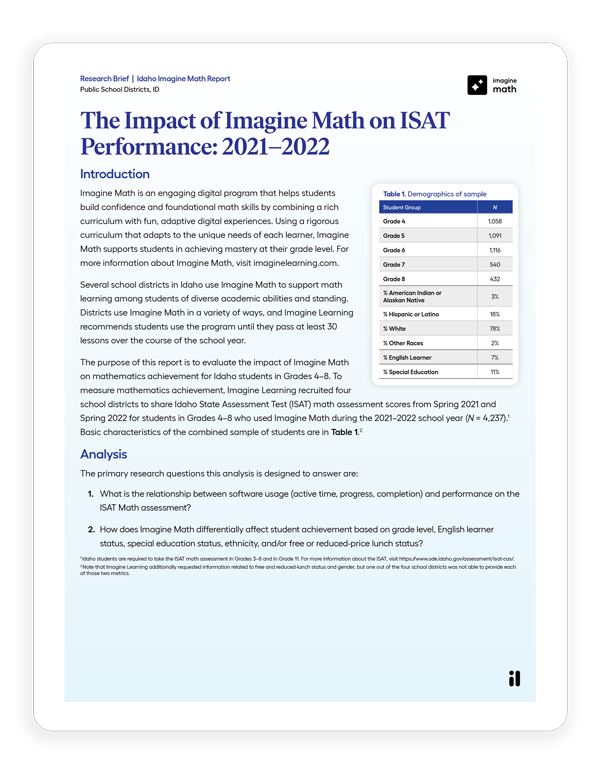What is Cognitively Guided Instruction (CGI)?
CGI is an approach to teaching mathematics that focuses on students’ critical thinking and problem-solving. Instead of just showing students how to solve a problem, teachers guide students to explore strategies and approaches that make sense from their unique understanding of a situation. The following are just some of the principles of CGI, as highlighted in Children’s Mathematics (Carpenter et al., 2014).
- Problem Solving: Students are encouraged to tackle problems using critical thinking and creativity before receiving direct instruction. Given a story problem anchored in a real-world context familiar to students (such as sharing a food item among friends), students reason using a strategy of their choice.
- Teacher as a Facilitator: Teachers transition away from the role of traditional instructors and toward the role of facilitators. They listen to students’ strategies, pose thought-provoking questions, and steer discussions while providing opportunities for students to learn from their peers’ thought processes.
- Building on Prior Knowledge: Students bring their experiences and understandings into the classroom. Teachers leverage each student’s prior knowledge as a foundation and layer new concepts on top of the ideas that students have already grasped.

